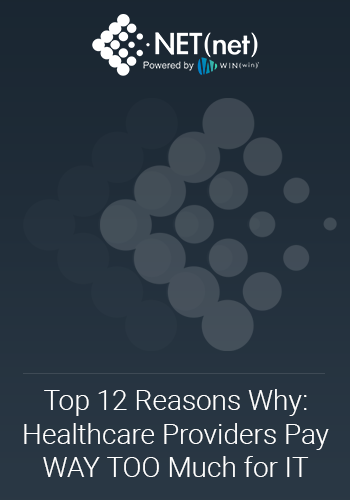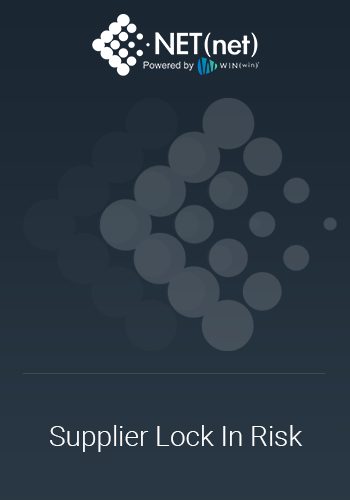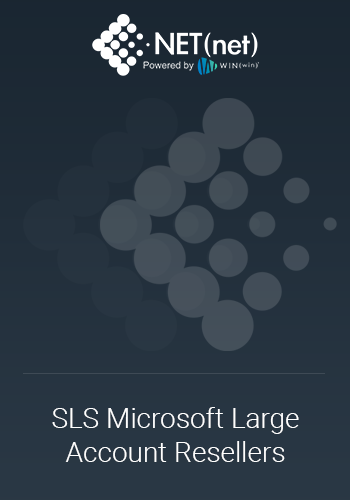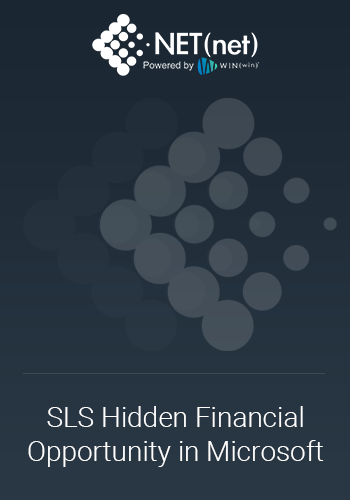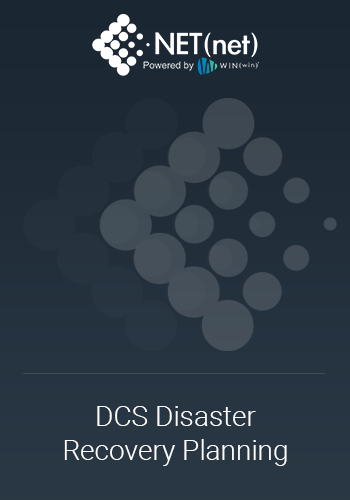Before you dig into this piece, know that if you have multiple networking certifications, or have been designing and implementing networks for years – this article is probably not for you. If, however, you are interested to learn more about what Software-Defined Networking is (SDN) is and how it can potentially drive cost out of your technology spend and ease the manageability of your network – read on.
The network hardware niche is like many others in the technology supplier market. The technology cartel lines up to lock in customers with expensive, proprietary hardware, coupled with complicated firmware to run it all, then typically charge you maintenance and support to keep it all running. Why would you need all that support? Because in the past it was almost all proprietary gear running the network infrastructure from end to end from all the largest, market leading hardware suppliers. If you wanted to grow, upgrade, or change – you better have an engineering team with a stack of certifications on their wall, along with a robust ‘support contract’ to help you get it all done. Names you know: Cisco, HPE, Juniper, Brocade, and more…all running proprietary hardware and firmware across an entire network, with Cisco by far the most prominent among this group supplying:
- Core Switches
- WAN
- Routers
- Carrier Class Equipment (Verizon, AT&T, and more)
- Switches
Proprietary = Expensive. And if you’ve been paying attention (read: non-technical C Suite), that approach is and has been changing for several years now. Look at the cost like having your car serviced. Owning proprietary equipment is like buying an exotic car that only takes one brand of parts, can only be repaired by a person trained to fix that specific brand, and you have to take it to the same dealer you bought it from. Whereas if you buy a common car you can typically get it repaired anywhere, by any technician, and use generic parts. In which scenario will you pay more?
If you are a CEO, CFO, or even Head of Procurement – you may be asking, “This sounds too techie for me.” Let me simplify. In a proprietary network, every hardware box basically has its own operating system that works off instructions programmed into each one and effectively integrated tightly with the hardware. This operating system is most typically called ‘firmware’. Alternatively, in an SDN environment, which uses open-systems, non-proprietary software, the SDN application is the central brain of the SDN and the network hardware boxes that process this software are, for lack of a better term, dumb. The boxes, often referred to as “commodity” or “white box” hardware, can be made by almost anyone to run any number of these open source software standards. The cost of running such a network is a fraction of what it costs to run a ‘old fashioned’ proprietary software…like you find with most legacy Cisco networks.
There are three reasons for this lower cost: first, the cost of the software is much lower with open-source software, since it is typically developed as a community or a not-for-profit entity; second, the hardware as noted is non-proprietary and manufactured as greater scale and lower cost; and, third, the support cost for hardware replacement is much lower because the cost basis of the hardware is lower.
So how are the manufacturers making the transition?
Suppliers like Avaya saw the future and was an early adopter moving from a full on proprietary offering to a commodity based, open source approach embracing open standards like OpenFlow, OpenStack, and OpenDaylight. ‘Open’ being the key words there – as in mostly free. However, given Avaya’s bankruptcy challenges, they are selling this networking side of their business to Extreme Networks, a company to follow.
Cisco has a decent answer, but it’s still a ‘little’ proprietary. They are a member of the industry’s Open Systems Group that defines the standards, and are meeting the spirit of SDN. But what Cisco really has going for it is an enormous customer base. For many of those customers it’s very difficult to pivot away from Cisco with such enormous investments already in play and they are embedded heavily in the IT department with a strong allegiance.
Cisco is not alone however – many of the traditional suppliers in this space are adapting, but not at the rate they probably should be. Most are investing in startups and or looking to acquire.
In summary, if your enterprise has not yet fully embraced SDN – now may be the time. If you are looking for a place to transform the technology while saving money and improving performance at the same time, SDN alternatives may be a good place to start. If you are ready, make sure you include the disruptors. They are typically more innovative, more inexpensive, and more eager to please. At the very least their involvement will make your incumbent stand up and take notice.
Notice
NET(net)’s Website/Blogs/Articles and other content is subject to NET(net)’s legal terms offered for general information purposes only, and while NET(net) may offer its unadulterated views and colorful opinions regarding the subject matter, such views and opinions are not intended to malign or disparage any other company, individual, or group.
About NET(net)
NET(net) is a global disruptive industry force for good and has the experience you want, the expertise you need, and delivers the performance you demand to help you save money and improve value. NET(net) is the world’s only fully technology-enabled consultancy exclusively specializing in full service optimization of the technology supply chain, bringing clients and suppliers together to create winning markets and winning relationships.
We help clients:
- Find Value in their professional supply chain through strategic sourcing efforts designed to align client need to supplier capabilities while leveraging our objective, evidenced based processes to deliver optimized supplier proposals.
- Get Value in a custom marketplace created through bespoke supplier negotiation assistance, leveraging our federated market intelligence, resulting in improved commercial arrangements and strengthened contractual agreements.
- Keep Value in their organization through proactive industry best strategic supplier performance management of the agreement, the investment and the relationship, resulting in better, more sustainable business partnerships designed to deliver long term sustainable business value.
With clients around the world in nearly all industries and geographies, and with the experience of tens of thousands of field engagements, we have helped our clients capture hundreds of billions of dollars of incremental value. Contact your NET(net) representative, email us at dsiglin@netnetweb.com, visit us online at www.netnetweb.com, or call us at +1-866-2-NET-net today to see if we can help you capture more value.


